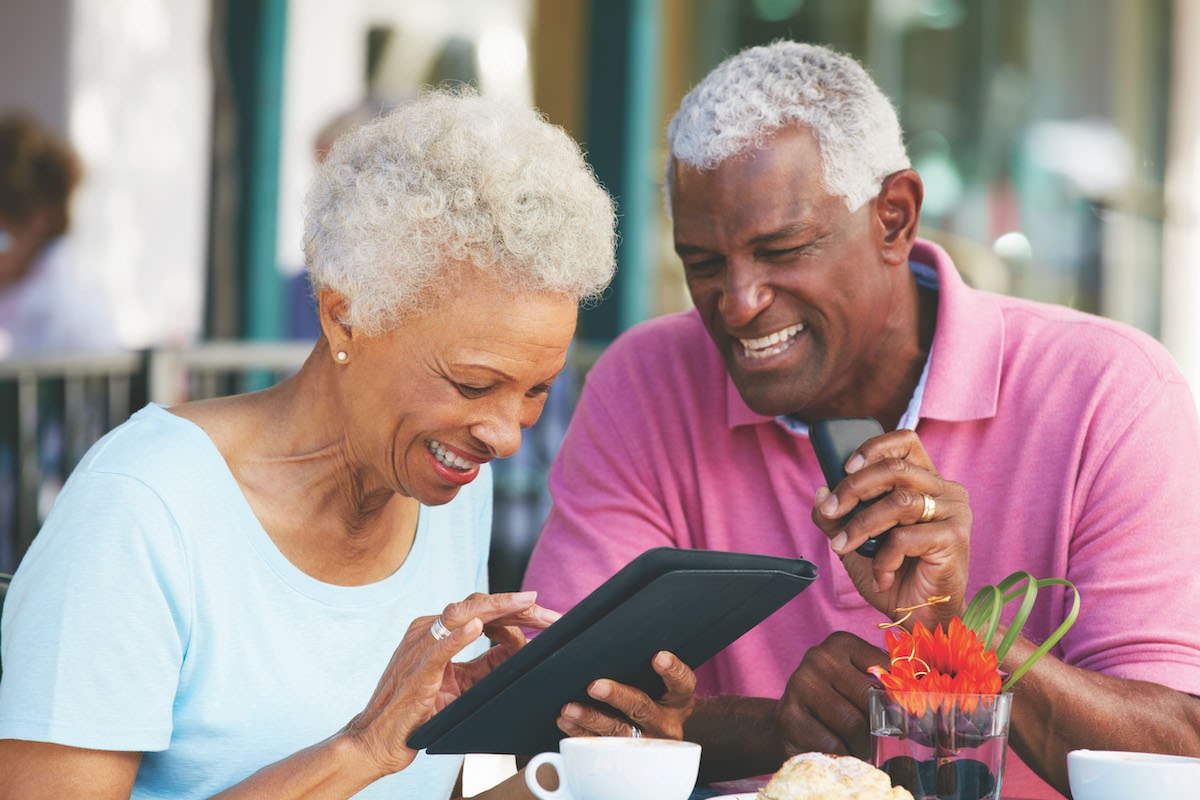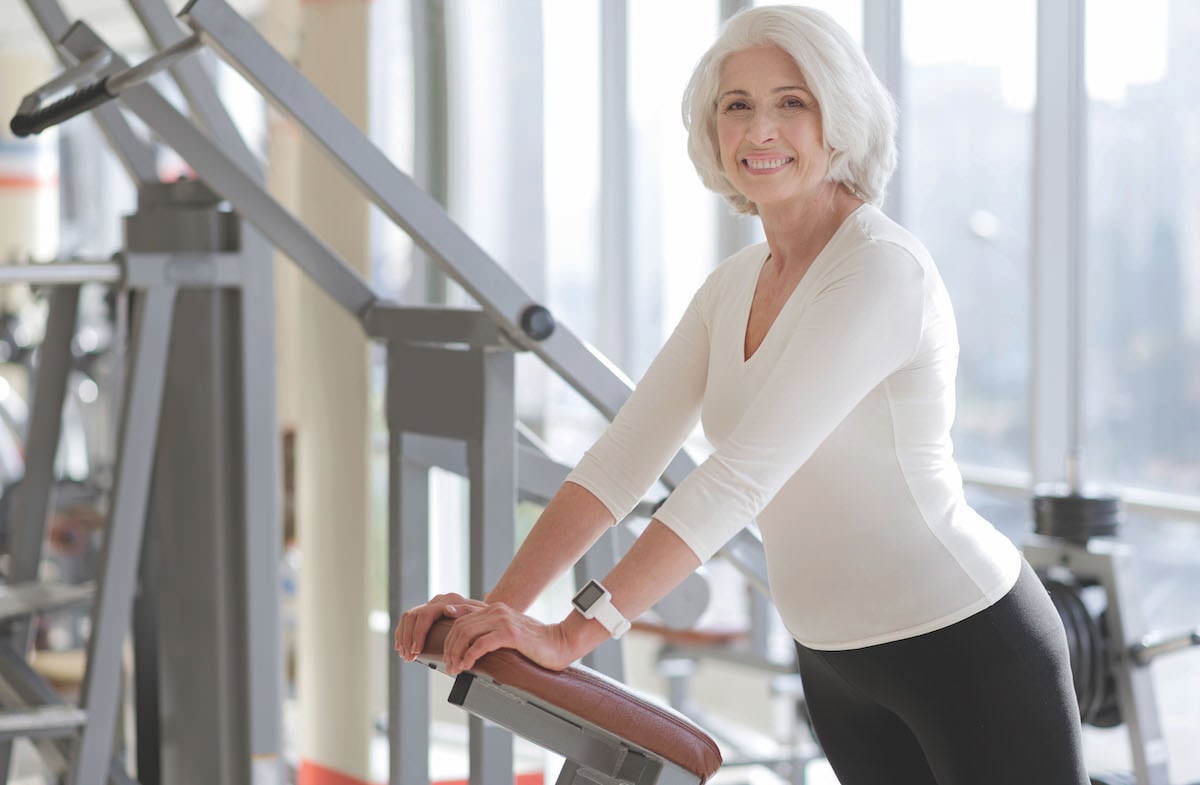
Baby Boomers and the organizations that serve them are keeping a close watch on modern technology and future breakthroughs in research. Many new technological health and wellness trends can improve the daily life of people while also promoting longevity. The ultimate goal? To create a balanced and fulfilling lifestyle for today and tomorrow.
The statistics tell the story. It’s been noted that 91% of those age 50+ report using a computer daily, while 94% say technology helps them keep in touch with friends and family. According to a recent AARP survey, nearly 132 million Americans ages 50 or older will spend over $84 billion a year on technology products by 2030.
Other Technology-Related Findings Include:
- The popularity of personal assistants such as Google Home or Amazon’s Alexa is growing by leaps and bounds. Today, 1 in 7 Americans over the age of 50 own such a device
- 23% of older adults are embracing technology-enabled lifelong learning, as evidenced by the growing number of retirees who are earning certificates or degrees online and using how-to tutorials
- Nearly 13% of adults over the age of 50 say they use virtual reality technology. While that number remains relatively low, it represents a 4% increase from the previous year
Building Social Connections Via the Internet
Nearly three quarters of all adults ages 50 and older use social media on a regular basis, primarily Facebook, followed by YouTube, Instagram and LinkedIn.
Staying connected, especially in times like these, is invaluable to our health and well-being as we age. It’s been reported that over 70% of seniors are going online every day, and more and more of them are accessing the Internet from mobile devices than ever before.
Digital Inventions Gain Traction with Baby Boomers
Wearables, which provide Baby Boomers and seniors with reminders, activity tracking and added safety measures are also on the rise. Helping track and maintain an active, healthy lifestyle, wearables such as the Oura Ring, Whoop, Lively Wearable Plus and UnaliWear’s Kanega Watch are growing in popularity. Apple Watches and the ever-popular Fit Bit provide an integrated approach to wellness helping to track sleep patterns, the number of steps you take in a day, heart rates, skin temperature and more. “I can tell you that my Oura Ring has really changed how I think about sleep and how what I eat and drink during the course of the day, particularly at night, impacts how I sleep,” said Tom Mann, Vice President of Moorings Park Communities.
Think you’ve seen it all? You’ll soon see “smart pajamas” on the market which are loose and comfortable sleepwear but also capable of detecting falls, monitoring overall activity and tracking sleep patterns.
Data Will Drive the Market
With wearable smart technology becoming increasingly popular, retirees today can monitor important health markers on a regular basis. Specialized apps can help monitor glucose levels, nutrition and stress levels. This real-time feedback helps people make informed decisions to improve their health. Data collected can be shared not only with physicians to help monitor a patient’s health, but fitness coordinators as well, to help design wellness plans to achieve personal goals.

This data will soon be compatible with Smart Home technology, to the point where Amazon’s Alexa may be able to remind us to take our blood sugar medication, tell you how much fat is in your burger or call for help if you’ve fallen. The confluence of healthcare and behavioral data will lead to better accuracy in health-related predictions and ultimately, better services for Baby Boomers.
“Wellness trends in senior living include everything from smart lights to help prevent falls and wearables that allow you to track O2 levels and sleep patterns, to fitness equipment that lets you upload personalized workouts,” adds Mann. “With an eye toward a holistic lifestyle, Moorings Park Communities is embracing smart technology. As innovation leaders, we are striving to change how America ages!”



